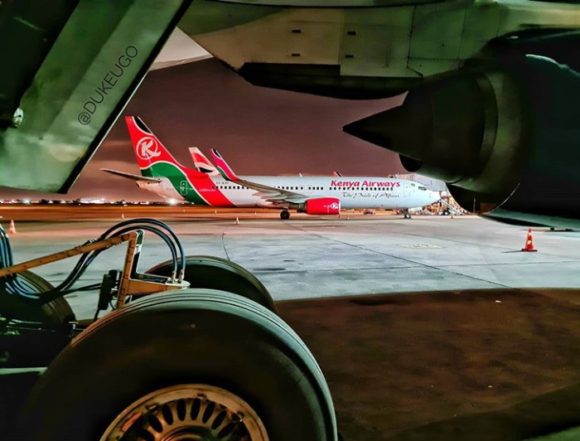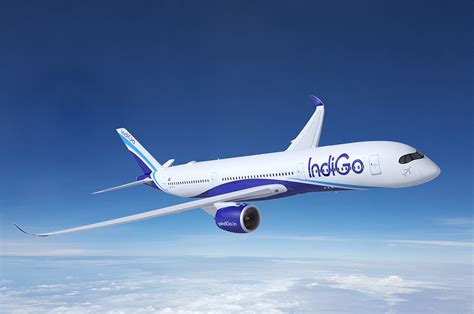
kenya1

Would you believe that it is cheaper to travel from Lagos, Nigeria to London, England; than it is to travel from Nigeria to Cape Verde, which is in Africa?
This is because several African countries have high traffic charges such as overflight and landing permits. A lack of competition also adds to this challenge; for example, the Republic of Benin only has one aviation handling company with relatively high rates. Whereas, Murtala Muhammed International Airport in Lagos has three aviation handling companies.
The types of aircraft used by airlines also increase operational costs. It is common to have aircraft such as the Boeing 737 Classic in use with empty seats on regional routes that could be better served by aircraft such as the De Havilland Dash8, The Embraer E-175, or Mitsubishi CRJ-900 at full capacity.
Politics and government regulations also have a role to play, as most African countries prevent non-local airlines from operating or setting up bases in their countries. This lack of synergy costs the continent thousands of jobs, while potentially billions of dollars are lost in investments. Not to mention the tax revenues increased air travel and cargo could generate for the continent’s economies.
The Single African Air Transport Market (SAATM), which is Africa’s open skies agreement seeks to address this problem but it has only been ratified by 23 countries. If it is implemented, SAATM will open up new markets and provide a level playing field for commercial aviation in Africa.
In Africa, no direct flight exists to travel from Abidjan, a hub in West Africa, to Dar Es Salam, a hub in East Africa. Instead, a traveler has to fly to a second or third country before reaching their final destination. How come there is no hub to hub service?
According to an IATA report, if 12 key African countries namely: Algeria, Angola, Egypt, Ethiopia, Ghana, Kenya, Namibia, Nigeria, Senegal, South Africa, Tunisia, and Uganda opened their markets and increase intracontinental travel, an extra 155,000 jobs and $1.3 billion in annual GDP would be created.
This remains the silver lining behind the clouds in the African skies.
Views: 2




There goes my plan to tour several African states.